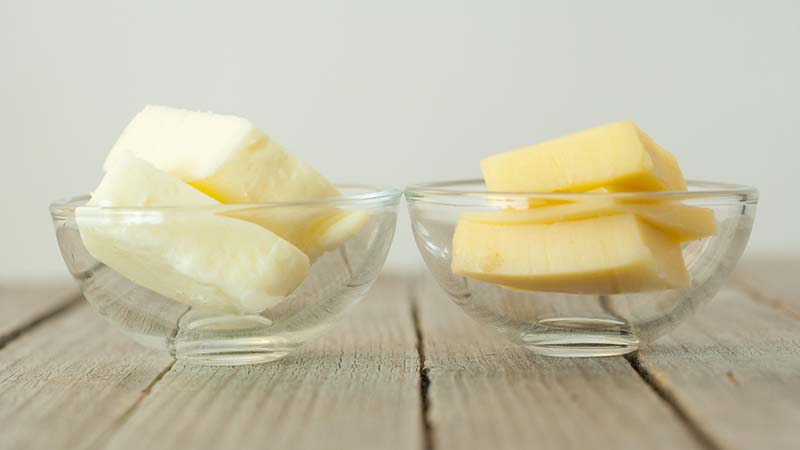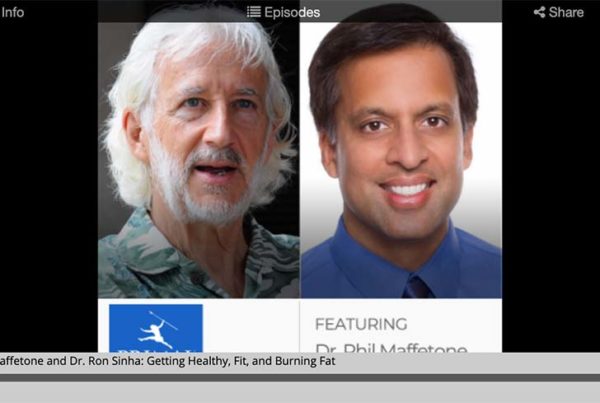
Living a long life also can mean loving what you eat!
Bring on the butter. Cheese too. These are two of my favorite foods, despite being scorned by modern society’s fat phobia — therefore depriving millions of the culinary delights not to mention health benefits.
Despite the long-held tradition of wellness misinformation, more people are finally boarding the healthy fat bandwagon. Even some mainstream publications have jumped on board, with a recent Newsweek headline reading, “Eating cheese and butter every day linked to living longer,” referencing a Lancet study (listed below).
I first tasted the magnificent traditional delicacy of freshly homemade butter and blue cheese decades ago during my first trip to France. It was hard to beat, although years later I did so, at home with a meal of just-made butter from raw Jersey cow milk, which had also been previously incorporated into an aged heavy blue cheese. A glass of fine Bordeaux further complemented this experience.
While that epicurean adventure was a special treat, a slice of butter added to many cheeses makes it not only more deliciously distinctive, but part of a healthy diet — a slice of heaven. So why wait? If you don’t like the blue, choose cheese that ranges from white to yellow and darker.
While the French take credit for that wonderful gastronomical combination of blue cheese and butter, I suspect the idea has been around since butter was invented more than 4,000 years ago. The Greek bou-tyron refers to cow cheese. (The making of cheese predated this by thousands of years, before they separated cream from milk, so that cheese would have been a high-fat product.)
Not only does it bring out the wonderful, often hidden flavors of almost any cheese, but adding butter, full of its own unique flavors, makes the butter better too. One way we can further embolden flavors is simply by serving both items at room temperature. Cold food and drink impair our olfactory and taste sensations.
Natural, dietary fats are clearly healthy (except, of course, in excess). Many missed the USDA guidelines from several years ago that removed the upper limit on dietary fat with the claim, “Reducing total fat (which really means replacing total fat with overall carbohydrates) does not lower cardiovascular disease risk,” adding that people should be “optimizing types of dietary fat and not reducing total fat.”
Even the most mainstream of traditional medical journals, The Journal of the American Medical Association, printed a comment about the new recommendations as it “tacitly acknowledges the lack of convincing evidence to recommend low-fat, high-carbohydrate diets for the general public in the prevention or treatment of any major health outcome, including heart disease, stroke, cancer, diabetes, or obesity.”
Unfortunately, many people still have the idea that eating fat causes fatness so ingrained in their brains it’s difficult to enjoy healthy food fats. This is in part because companies continue promoting low-fat junk food, and the media goes along with it.
The French Paradox — where people often ate high-fat cheeses and butter as part of a high-fat, high-cholesterol diet, yet had low levels of cardiovascular disease — is somewhat misleading as it can occur anywhere in the world. With health-conscious people reducing carbohydrates and raising fats in their diets this style of eating may now help many to significantly reduce body fat and improve blood fats and sugar profiles.
Enjoy!
References
Dehghan M et al. Associations of fats and carbohydrate intake with cardiovascular disease and mortality in 18 countries from five continents (PURE): a prospective cohort study. Lancet. 2017;390(10107):2050-2062. doi: 10.1016/S0140-6736(17)32252-3.
Davies JM et al. The Oxygen Paradox, the French Paradox, and age-related diseases. GeroScience. 2017; 39(5-6): 499–550. doi: 10.1007/s11357-017-0002-y








